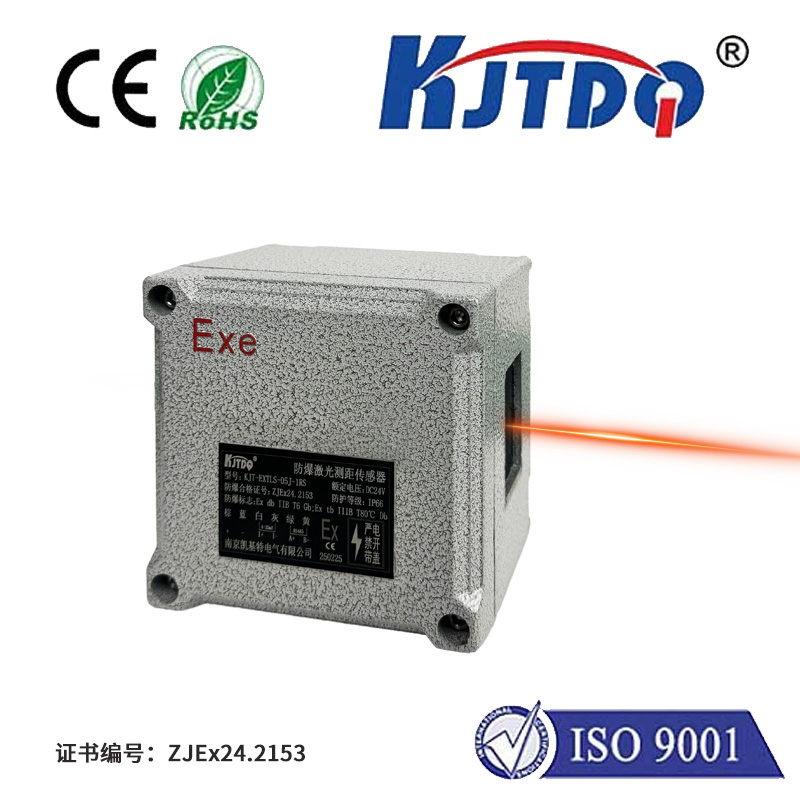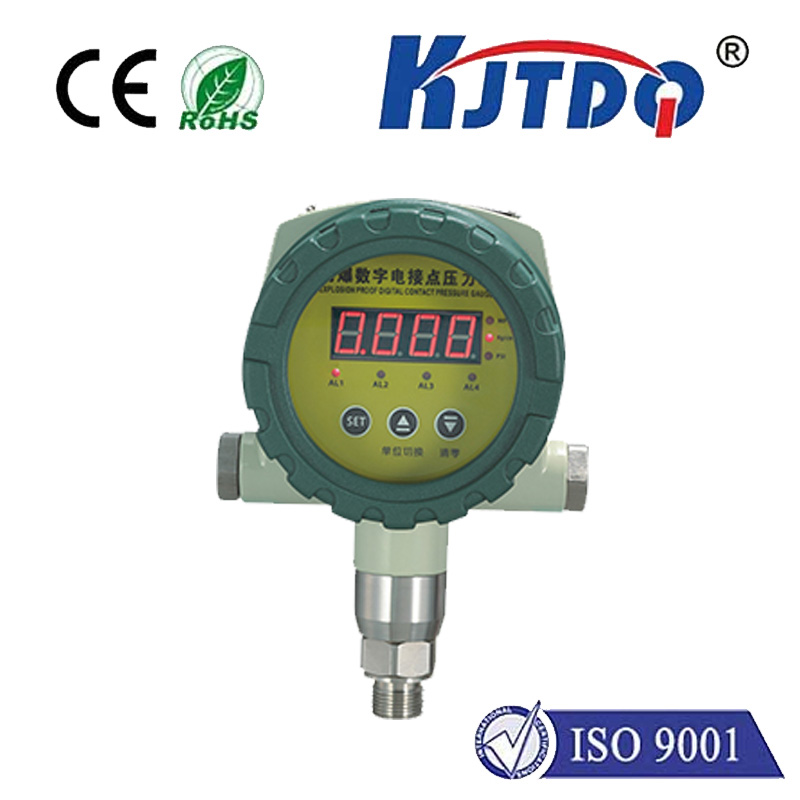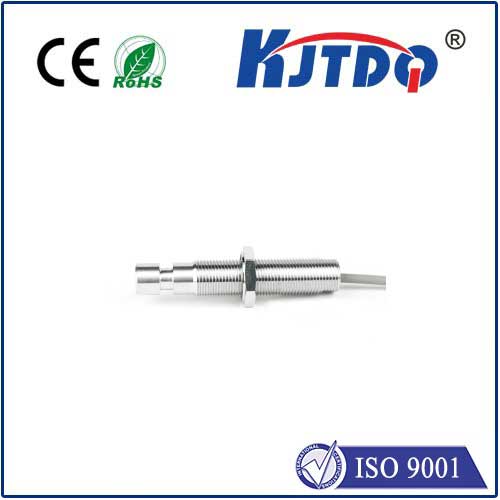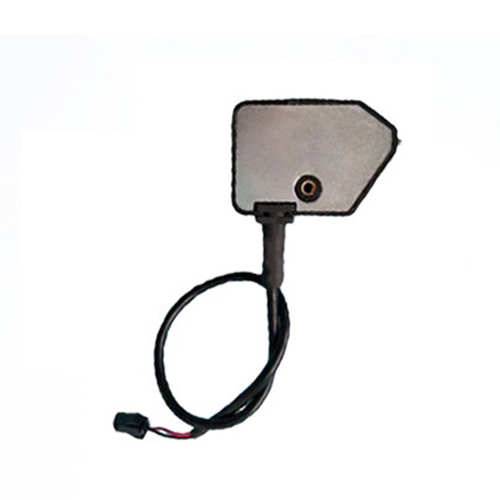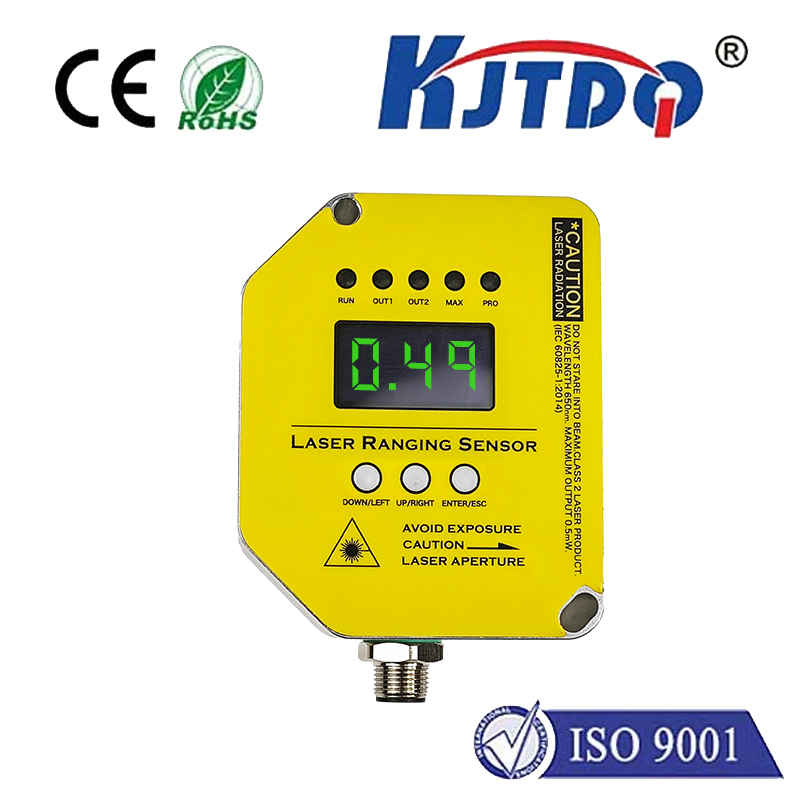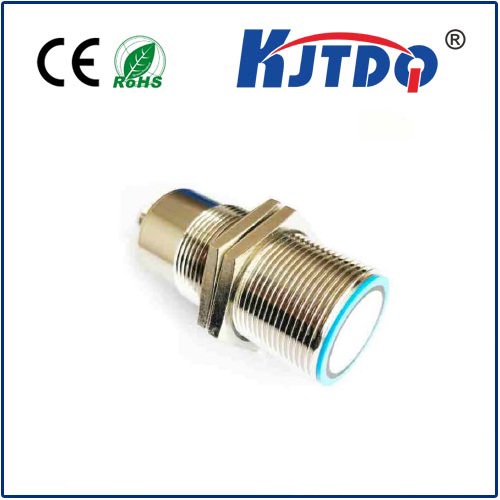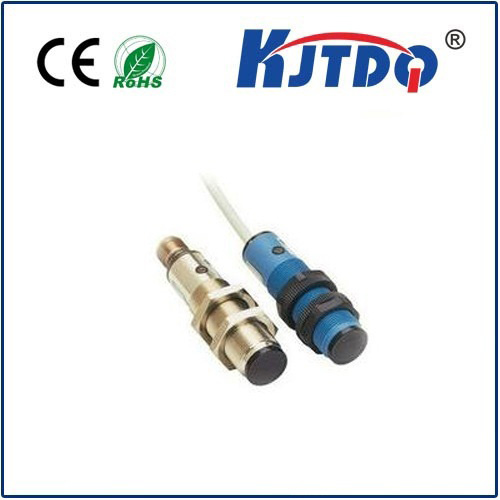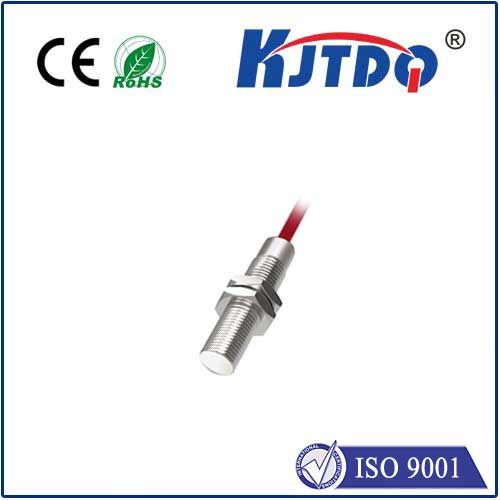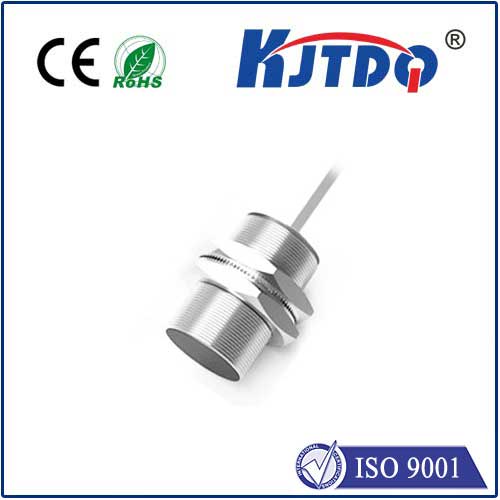

check

check

check

check

check

check

check

check

check

check
In today's technologically advanced world, small devices with great functionality are becoming increasingly essential. One such device is the micro proximity switch, which plays a crucial role in numerous industries and applications. This article will provide an in-depth understanding of micro proximity switches, their functionalities, and their diverse range of applications.
Micro proximity switches, also known as magnetic proximity switches or inductive proximity switches, are electronic devices that trigger an action in response to a change in magnetic fields. They consist of two metal plates separated by a thin insulating layer, with one plate typically containing a magnet. When a current flows through the insulating layer, it creates a magnetic field around the plates. When the distance between the plates changes, due to external factors like temperature fluctuations or mechanical vibrations, the magnetic field also shifts, causing a change in the electric current flowing through the circuit. This change triggers an interrupt in the circuit, which can then activate another device or system.
The primary function of a micro proximity switch is to sense and respond to changes in proximity. They are widely used in industrial automation, robotics, medical equipment, consumer electronics, and various other applications where precise control over devices is necessary. For instance, micro proximity switches are used in barcode readers, keyboards, touch screens, and even in self-checkout machines in supermarkets. In industrial automation, they help detect the presence or absence of objects and enable safe and efficient movement of machinery. In medical devices, they are used for non-invasive monitoring of vital signs.
One of the key advantages of micro proximity switches is their sensitivity to changes in proximity, regardless of whether the objects generating the proximity are stationary or moving. This allows them to be integrated into a wide range of systems with high accuracy and efficiency. Additionally, micro proximity switches have minimal power consumption compared to other types of sensors, making them ideal for battery-powered devices.
To ensure optimal performance and longevity, it is essential to choose the right micro proximity switch for your application. Factors like operating temperature, humidity level, and electromagnetic interference (EMI) must be taken into account when selecting a micro proximity switch. Moreover, proper installation and calibration of the switch are crucial for ensuring accurate and reliable operation.
In conclusion, micro proximity switches play a crucial role in enabling precision control and efficient operation of various devices and systems. Their small size and high functionality make them an indispensable component in modern technology. With their diverse range of applications and potential for continuous improvement, micro proximity switches are poised to become even more prevalent in the future.
